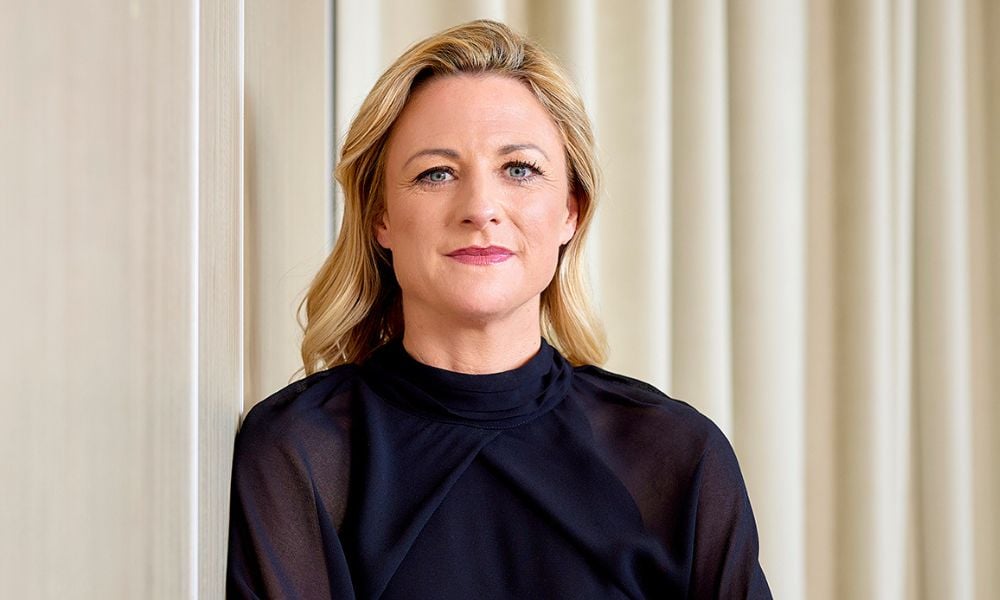Aussies bank an extra $10.5 billion in November

As Australians grapple with the rising cost-of-living and the uncertainty of further interest rate rises, more households are putting their money in the bank.
The latest Australian Prudential Regulation Authority (APRA) data shows Australians put an additional $10.5 billion in the bank in November, up 0.7% on the previous month.
RateCity.com.au research director Sally Tindall (pictured above) said this took the total value of household deposits to a record high of $1.43 trillion.
The latest data from APRA’s monthly authorised deposit-taking institution statistics, released this month, shows Australians had more than $100 billion deposited in the bank in November, when compared to the same time the previous year.
Big four banks increase loan books
According to RateCity research, all big four banks increased their loan books, with Westpac leading with 0.48%, ANZ at 0.47% and NAB at 0.32%.
CBA’s growth of 0.24% was the smallest of the big four as a proportion of its loan book, although much larger than its October figure, which recorded 0.01% of growth after three months of declines.
Macquarie is continuing to grow its mortgage book, with a 1.07% increase in November, the fourth consecutive month the bank has recorded an increase of over 1%.
Tindall said it was expected that Australians would remain hyper-vigilant about their personal finances throughout 2024, with a focus on value for money, rather than spending for spending’s sake.
“COVID was a wake-up call for many families to put a priority on making sure their finances were in the best shape possible,” Tindall said.
“One by-product of the pandemic was a strong appetite for saving, with the level of deposits climbing in 2020 as Australians stuck in low-cost lockdown living opted to put money in the bank.”
Run of interest rate rises
Tindall said the 13 cash rate hikes by the RBA in 2022 and 2023, including the last rise in November, heighted this focus as many Australians, feeling the squeeze of higher rates, responded by “building bigger war chests”.
More than 350 different hikes to fixed rates across all loan terms occurred last week, showing that interest rate hikes continued to drive market movements.
“The APRA household deposit data includes not only savings accounts but also transaction accounts, term deposits and offset accounts, so while some people are madly saving to get into a rising property market, others are squirreling money into their offset accounts to lessen the blow of higher rates,” Tindall said.
Tindall said many people also put money into term deposits and savings accounts in the knowledge they were finally receiving a relatively decent rate of interest.
“Many Australians are much more aware of their financial position now than they’ve ever been before,” Tindall said.
“The cost-of-living crunch, as well as continued discussion on the cash rate, means many are opting to stash cash instead of spending it.
Good news to see Australians spending
Tindall said while the RBA was looking for evidence of people dipping into their savings, it was a positive sign that Australians had been saving.
“There are two sides to every story – so while some people’s nest eggs are getting bigger, other households barely scraped through Christmas,” Tindall said.
Why is now the best time to shop around for a better loan? Share your thoughts below.



